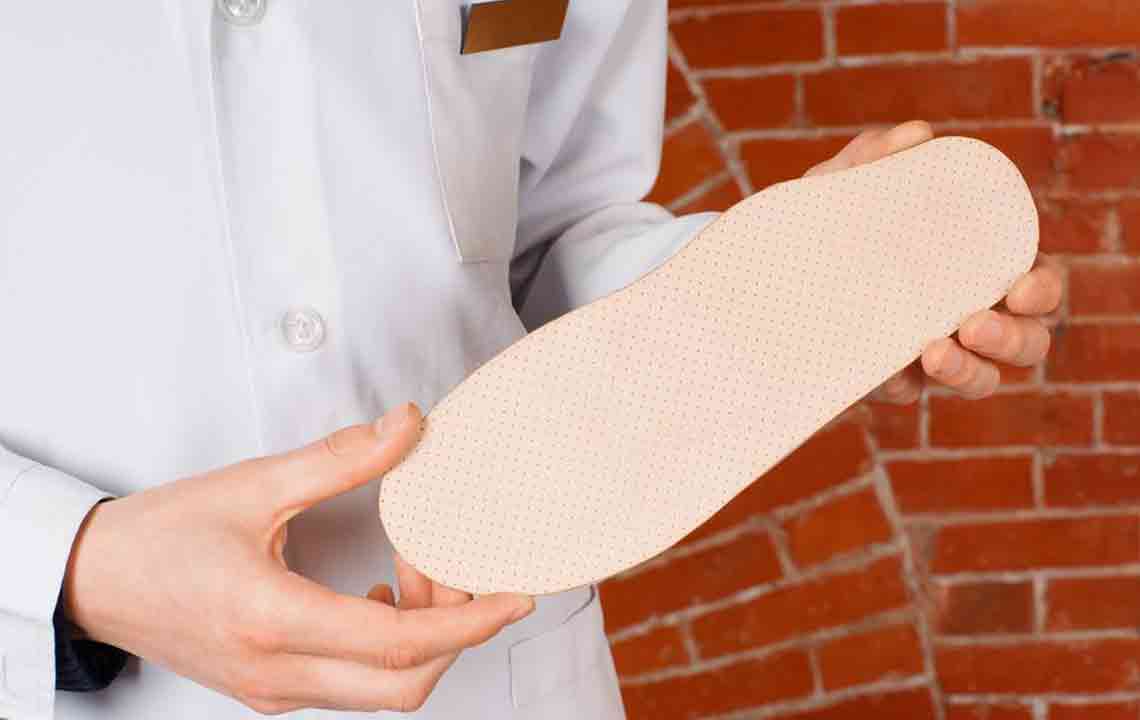When and How You Need to Use Plantar Fasciitis Insoles
Plantar fasciitis is a condition involving the feet, and it gets its name from the band of the connective tissue , which helps in connecting the heel to the ball of the feet. With the passage of time, too much of stress on that particular connective tissue can cause tightening, inflammation, and tear. As the connective tissue show signs of inflammation, plantar fasciitis starts setting in. Then a painful cycle begins as the feet naturally starts tightening at night and pave the way for new tears each day as you try to walk in the morning.
What are the causes and symptoms of plantar fasciitis?

In most cases, plantar fasciitis happens when an individual has poor arch support continuously , which is often caused by shoes offering improper support or because of walking barefoot. Obesity and sudden increase of weight could also result in plantar fasciitis. Some people get affected by the ailment with a sudden rise in their physical activity such as running or jogging. Other causes of plantar fasciitis include weak feet or ankle muscles, accidents or injuries, tightening of the calf muscles and arthritis.
Plantar fasciitis typically leads to a stabbing pain at the bottom of the feet near the heels. The discomfort is usually worst with the first few steps after awakening and also start after long hours of standing or sitting.
What are the risk factors for plantar fasciitis?
Even though plantar fasciitis can occur without any definite cause, several factors can be considered as adding risk for developing plantar fasciitis. Some of these include age, specific movements, exercises, foot mechanics, obesity and occupations that demand to stand for long hours. This ailment is most common among people aged between 40 and 60. Also , activities and exercises including ballistic jumping, ballet dancing, long-distance running and aerobic workouts , which exert a lot of stress on the heel and the nearby parts can lead to plantar fasciitis at an early age. Some people are endowed with a flat-foot , while others have an abnormal pattern of walking both of which may affect the plantar fascia tissues. Also, some people work in factories, as well as teachers and others who are compelled to spend a substantial amount of time on their feet. They t end to have their plantar fascia damaged.
It is crucial to note that the one should never ignore the plantar fasciitis since it can lead to chronic heel pain , which may obstruct regular activities. One should also attempt to change the way he or she walks to relieve the feet, knees, and hip and back portion.
How can plantar fasciitis be treated and prevented?
There are several non-surgical treatments for plantar fasciitis , which starts and ends with arch support. It is important to consider the various treatment options to help in healing the issue. You should wear shoes with plantar fasciitis insoles so that they can offer the right support and have a great shock absorbing heel base.
The plantar fasciitis insoles play a crucial role in alleviating the pain and discomfort stemming from this ailment. A report established that the right kind of insoles can reduce the stress by about 25.34 percent. Plantar fasciitis insoles work by offering the right amount of pressure , which gets distributed evenly for stabilizing the connected bones present within the arch. This invariably reduces the tension and pain on the plantar fascia.
The plantar fasciitis insoles are made of high-quality plastics, felt or rubber. Soft arch supports along with heel cups can aid in relieving the symptoms. They may also help in spreading and absorbing the shock while easing the pressure on the heel. In case you are suffering from a heel pain that’s entirely related to an abnormal twisting of the feet, then an orthotic device can be immensely helpful.
When the condition is severe, you must consult an expert, who would most likely prescribe the plantar fasciitis insoles as the remedy. These insoles are usually more expensive than the non-prescription orthotics. These are made by taking an impression of the feet and then creating an insert for controlling the particular mechanical issue in the feet. Before you invest in such a device, you may also choose to try a non-prescribed orthotic , which is readily available in the drug stores or sports goods stores if your situation is not too bad . This would offer a valuable insight into the various types of plantar fasciitis insoles so that you can select what suits your needs and preferences.
But it is important to understand that in case your feet have an abnormal or unusual shape, then the custom-crafted device could be your best fit. These devices would help you control the pain and discomfort while distributing the pressure evenly , thereby helping in faster healing.

